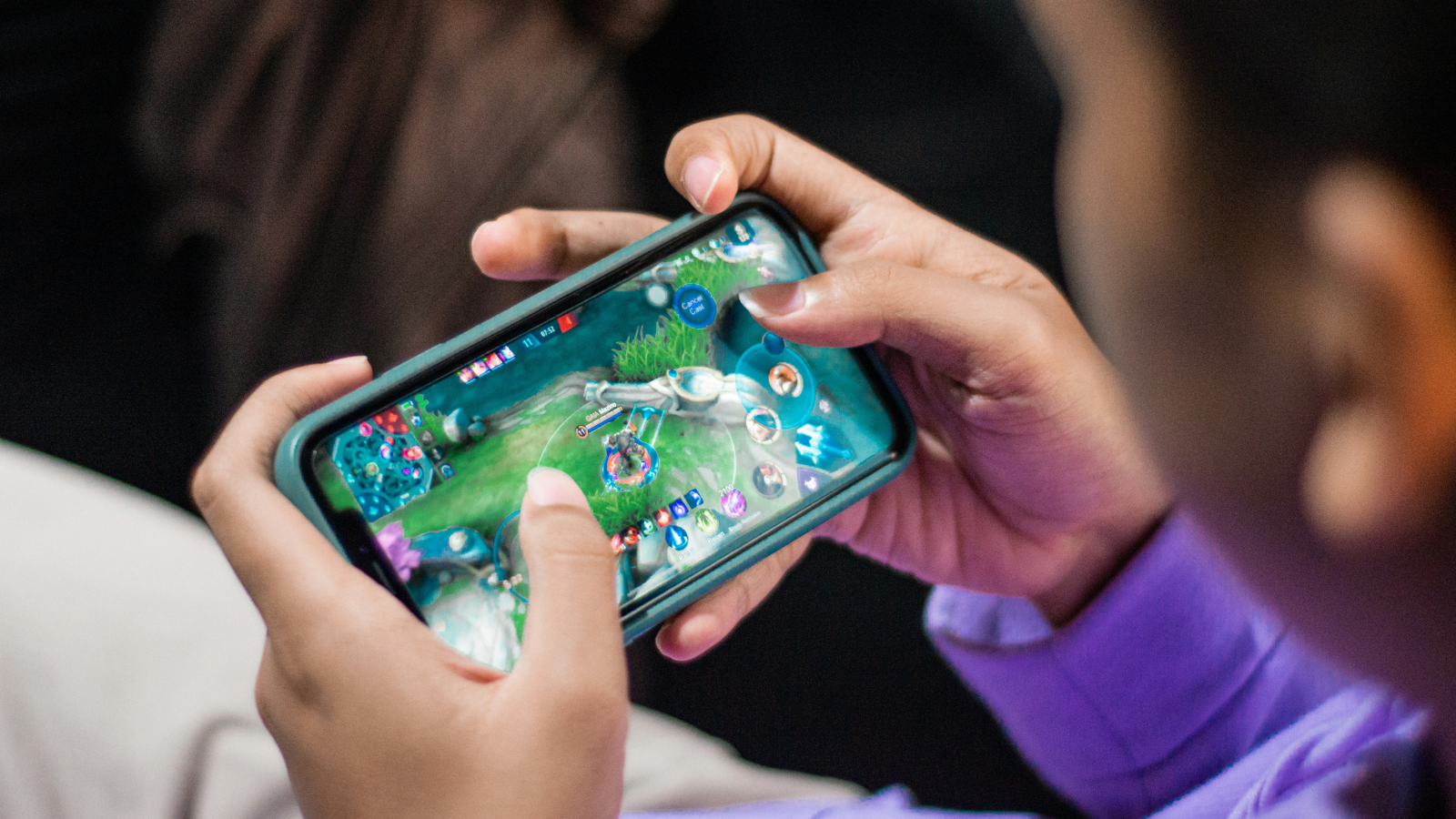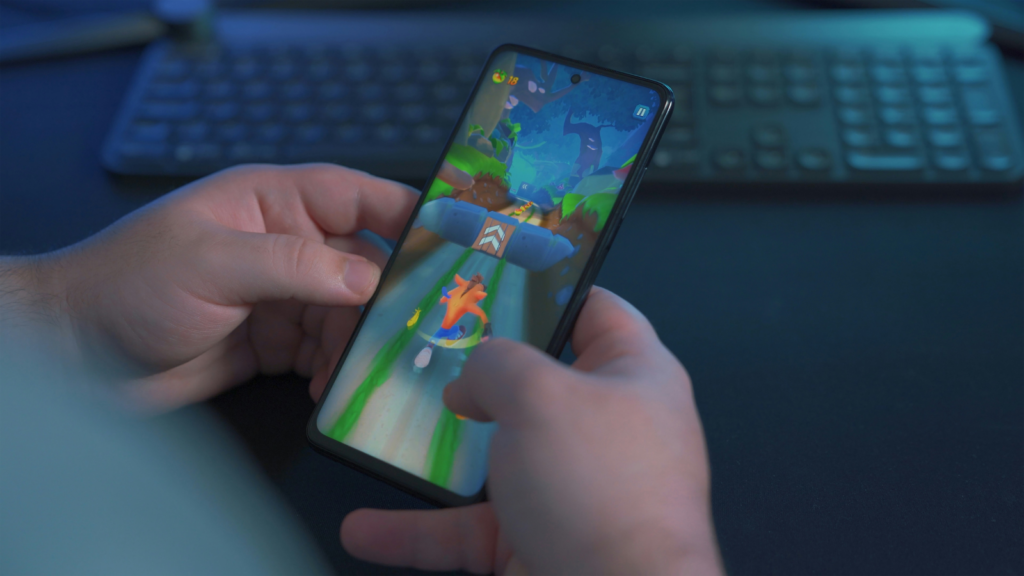In the rapidly evolving digital landscape, the mobile gaming industry is a juggernaut that’s impossible to ignore. With millions of players worldwide, it’s a sector that’s constantly growing and changing, offering a wealth of opportunities and challenges. This article dives into the latest trends shaping this dynamic industry.
From augmented reality games that blur the line between the virtual and real world, to the rise of eSports on mobile platforms, the industry is bursting with innovation. Yet, it’s not just about the games themselves. New monetization strategies, evolving player demographics, and emerging markets are all part of the bigger picture. Let’s embark on this exciting journey to understand the future of mobile gaming.
Mobile Gaming Industry Trends
Emerging as a dominant segment of the global gaming industry, mobile gaming continues to unfold remarkable trends. Highlighting advancement in technology, these trends encompass augmented reality games’ upsurge, eSports explosion on mobile platforms, and fresh monetization strategies. Astonishingly, the shifting demographics of players and new market trends aren’t only shaping the mobile gaming landscape, but also charting the future course for the whole gaming industry. Consistent with reports from authoritative sources, these latest trends undeniably assert mobile gaming’s pivotal role in the burgeoning gaming industry’s evolution.

Monetization Strategies in Mobile Gaming
Monetization proves integral to sustaining the mobile gaming industry’s upward trajectory. The primary models include in-app purchases, where players buy virtual goods, typically cosmetic items like skins in Fortnite, or abilities to gain an upper hand, as in Clash of Clans. Ad revenue also plays a significant role, with games offering ad-free experiences for a price, or subtly integrating advertisements into the gameplay. Additionally, companies leverage sponsorships and partnerships, proven by the success of Pokemon Go, which generates revenue through tie-ups with retailers. Recent studies also report the increasing prevalence of subscription services, wherein players gain access to exclusive content, similar to Apple Arcade.
Technological Advancements Impacting Mobile Gaming
Advancements in technology chart a significant trajectory in mobile gaming evolution. Game-making technologies, like Unity and Unreal Engine, provide enhanced gaming capabilities. Mobile hardware innovations like increase in processing power or HD resolution displays enhance gaming experiences. Optimized graphics rendering, for example, in the high-end mobile devices such as iPhone 13 Pro or Samsung Galaxy S21, delivers console-quality visuals on the go. Furthermore, progressive networking technologies, like 5G, ensure stable, lag-free online gaming sessions. Finally, advanced AI algorithms not only amplify in-game challenges but also optimize player matching in multiplayer platforms. Thus, technology shapes the discernible transformation in the mobile gaming industry.

Mobile Esports and Competitive Gaming
Mobile esports and competitive gaming represent a significant trend within the gaming landscape, propelled by the leaps in connectivity infrastructure, like 5G, and enhanced hardware capabilities. Games like PUBG Mobile, Fortnite and COD Mobile dominate the competitive scene, renowned for their large-scale tournaments and hefty prize pools. In essence, mobile esports has transformed the traditional gaming stereotype, opening gates for players to professionally compete in their beloved games. Specific advancements like improved player matching systems, provided by sophisticated AI algorithms itemized earlier, bring forth opportunities and experiences that were once exclusive to console or PC gaming.
Social and Casual Gaming Trends
Transitioning from the frenzy of competitive esports, let’s delve into the dynamic sphere of social and casual mobile gaming, observing its prevailing trends. Realizing the market’s expanding patronage, developers now focus primarily on creating more immersive and social gaming experiences. Such casual games, with their easy to understand gameplay and visually appealing art styles, attract a diverse audience and redefine the landscape of the mobile gaming industry. Distinctly, three trends emerge: the surge in multiplayer and social interactive games, the advent of hyper-casual games, and the increased use of Augmented Reality (AR) in casual gaming.

Challenges in the Mobile Gaming Industry
Despite these advancements and emerging trends, mobile gaming faces a unique set of challenges. These include innovations in technology outpacing game development, issues related to player retention, a highly saturated market, and concerns over data security and privacy. Further, problem areas like mobile game marketing hitches and payment limitations in certain global regions add to the industry’s hurdles. High customer acquisition costs and difficulty in player monetization remain significant obstacles for developers. Lastly, advent of regulations against in-game loot boxes and gambling elements presents further challenges for the industry’s continual growth.
Trends in Mobile Gaming
The mobile gaming industry’s landscape is ever-changing, with trends like AR games, mobile eSports, and innovative monetization strategies shaping its future. Subscription services like Apple Arcade and advancements in technology, including improved mobile hardware and advanced AI, are driving the industry forward. The rise of mobile eSports, with games like PUBG Mobile, Fortnite, and COD Mobile at the forefront, is reshaping traditional gaming stereotypes. Meanwhile, the surge in multiplayer and social interactive games, along with the rise of hyper-casual games, is redefining the social and casual mobile gaming scene.

